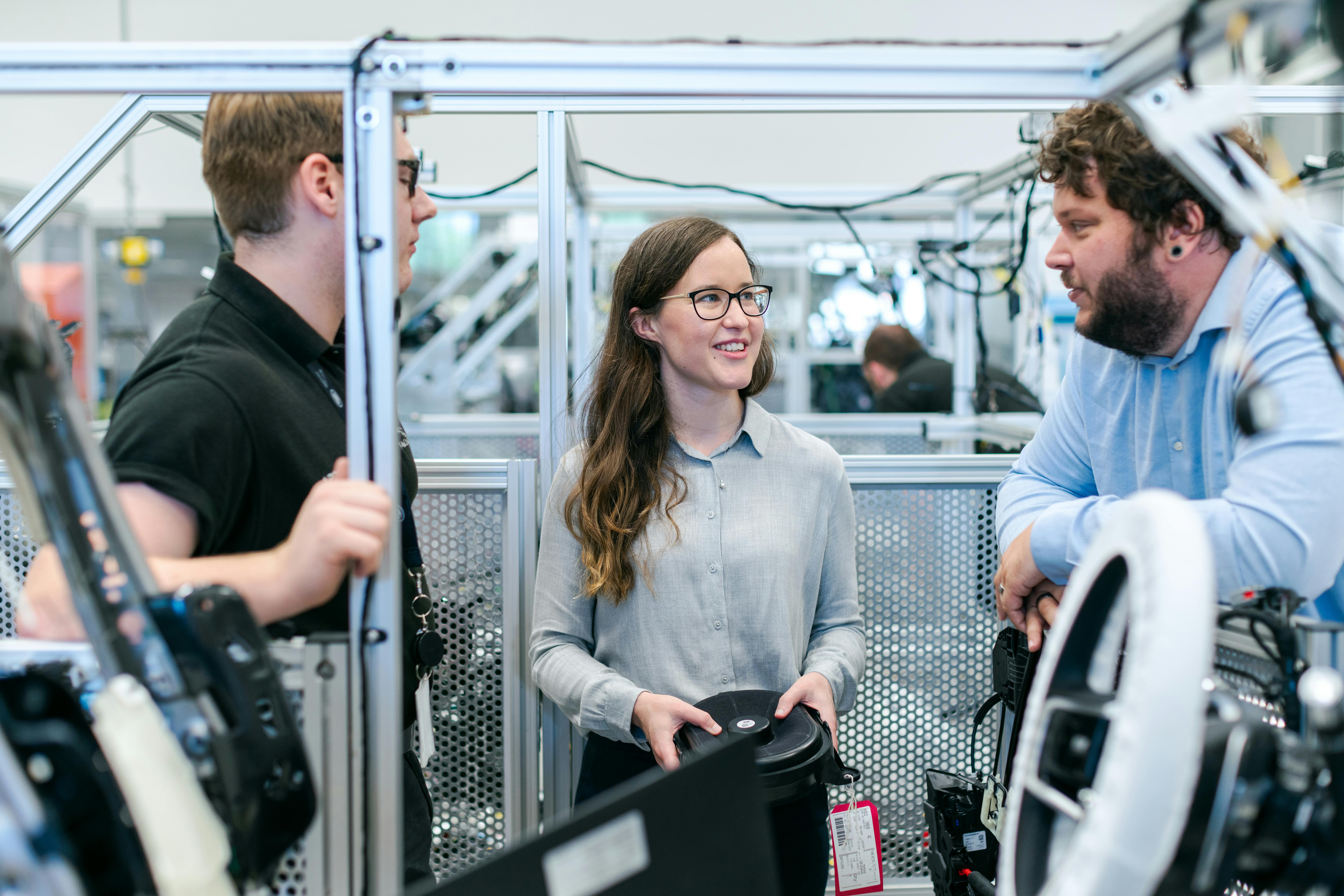By multitasking we mean performing two or more tasks simultaneously, switching from one thing to another or performing a series of tasks in rapid succession.
Many believe that if you do several things at the same time, it means that you are good and efficient. You don’t waste time because you squeeze every second of life. But now this belief is rapidly changing as criticism of multitasking is mounting as a result of hard-to-believe facts, which drastically changed the picture.
Multitasking is handled by what is known as the mental executive functions of the brain. These executive functions control and manage other cognitive processes and determine how, when, and in what order certain tasks are performed.
Humans are capable of doing two things at once, especially when one of those activities is so ingrained that it can be done on autopilot. For example, most of us can hold a conversation while walking, drinking coffee, or driving, but what we can’t do is focus on two things at once. When the brain is presented with two tasks at once, it quickly switches between tasks, resulting in a loss of efficiency.
Area of the Brain Involved in Multitasking –
The researchers found that the brain area called the prefrontal cortex, which spans the left and right sides of the brain, helps focus attention on a target and coordinates messages with other brain systems to get the job done. When you focus on a single task, the right and left sides of the prefrontal cortex work together. The sides work independently when people are trying to do two tasks at once.
The researchers also found that when subjects were asked to perform another task, they regularly forgot one of the three tasks they were asked to perform. They also made three times as many errors as when they attempted just two tasks. This shows that we can easily switch between two tasks, but we get into big trouble when we try to juggle more than two tasks, simply because we only have two frontal lobes.
When the brain receives more information than it can handle, the posterior lateral prefrontal cortex (pLPFC) takes over. The left pLPFC has been found to be a key neural locus that limits an individual’s ability to make two simple decisions simultaneously, as we have limited ability to map sensory information into motor responses.
Conclusion –
Multitasking has become a culture that influences everyone. In today’s society, doing one thing at a time seems wasteful. We believe that we are most efficient when we multitask. Research shows that it is not as efficient as we think and, furthermore, it can even be detrimental to our health.
Multitasking has become a common trend among people, especially among the youth. In fact, we have become so used to doing more than one task at a time that we do it without being aware of it. As a result, we lose our efficiency and none of the tasks thus performed are up to snuff.
